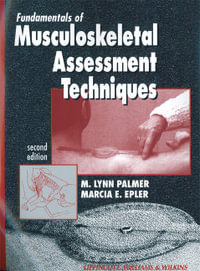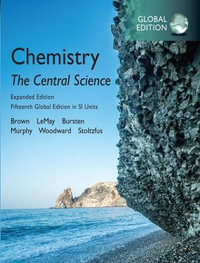Chapter 1 Atoms and Elements
1.1 The Study of Chemistry
1.2 Atoms First
1.3 Subatomic Particles and the Nuclear Model of the Atom
1.4 Elements and the Periodic Table
1.5 Organization of the Periodic Table
1.6 Isotopes
1.7 Atomic Mass
Chapter 2 Electrons and the Periodic Table
2.1 The Nature of Light
2.2 The Bohr Atom
2.3 Atomic Orbitals
2.4 Electron Configurations
2.5 Electron Configurations and the Periodic Table
2.6 Periodic Trends
2.7 Ions: The Loss and Gain of Electrons
Chapter 3 Compounds and Chemical Bonds
3.1 Matter: Classification and Properties
3.2 Ionic Bonding and Binary Ionic Compounds
3.3 Naming Ions and Binary Ionic Compounds
3.4 Covalent Bonding and Molecules
3.5 Naming Binary Molecular Compounds
3.6 Covalent Bonding in Ionic Species: Polyatomic Ions
3.7 Acids
3.8 Substances in Review
Chapter 4 How Chemists Use Numbers
4.1 Units of Measurement
4.2 Scientific Notation
4.3 Significant Figures
4.4 Unit Conversion
4.5 Success in Introductory Chemistry Class
Chapter 5 The Mole and Chemical Formulas
5.1 Counting Atoms by Weighing
5.2 Counting Molecules by Weighing
5.3 Mass Percent Composition
5.4 Using Mass Percent Composition to Determine Empirical Formula
5.5 Using Empirical Formula and Molar Mass to Determine Molecular Formula
Chapter 6 Molecular Shape
6.1 Drawing Simple Lewis Structures
6.2 Lewis Structures Continued
6.3 Resonance Structures
6.4 Molecular Shape
6.5 Electronegativity & Polarity
6.6 Intermolecular Forces
Chapter 7 Solids, Liquids, and Phase Changes
7.1 General Properties of the Condensed Phases
7.2 Types of Solids
7.3 Physical Properties of Solids
7.4 Physical Properties of Liquids
7.5 Energy and Physical Changes
Chapter 8 Gases
8.1 Properties of Gases
8.2 Pressure
8.3 The Gas Equations
8.4 The Gas Laws
8.5 Gas Mixtures
Chapter 9 Physical Properties of Solutions
9.1 General Properties of Solutions
9.2 Aqueous Solubility
9.3 Solution Concentration
9.4 Solution Composition
9.5 Solution Preparation
9.6 Colligative Properties
Chapter 10 Chemical Reactions and Chemical Equations
10.1 Recognizing Chemical Reactions
10.2 Representing Chemical Reactions with Chemical Equations
10.3 Balancing Chemical Equations
10.4 Types of Chemical Reactions
10.5 Chemical Reactions and Energy
10.6 Chemical Reactions in Review
Chapter 11 Using Balanced Chemical Equations
</
























